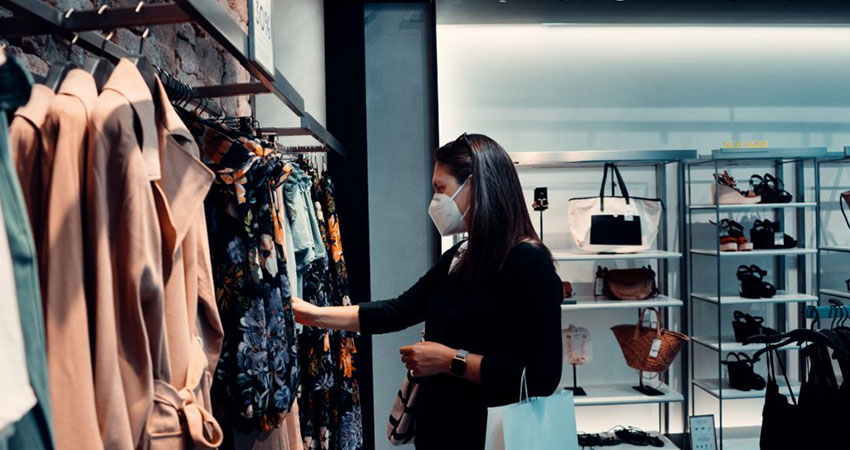A new report based on a November survey of 1,000 U.S. retailers found more than half had raised prices beyond the point of simply recouping increased costs based on inflationary pressure, using a variety of tactics including reduced discounts and increased surcharges on shipping.
The report from Digital.com, which provides information and resources for SMB merchants on their digital initiatives, found that 56% of retail businesses across the board have increased prices beyond the cost of inflation to boost profitability in the past 12 months, calling it out as price gouging.
This practice was more prevalent among larger enterprises vs. SMBs fighting for survival and simply looking to recoup losses from pandemic impacts, Digital.com found. Sixty-three percent of large businesses had used inflation to more than offset cost increases, vs. 52% for SMBs.
“Large enterprises with healthy profit margins are raising prices at a higher rate, so it’s more profit-driven,” said Dennis Consorte, a small business and startup consultant for Digital.com. “For SMBs, some of it is profit driven for sure, but a lot of them had to shut their doors due to pandemic requirements like lockdowns. They don’t have a lot of wiggle room, so they’re doing their best with price increases, hoping customers are willing to pay.”
In terms of categories, Digital.com found this profit-taking was most prevalent among sellers of electronics and appliances, with 62% of respondents acknowledging the practice, followed by building material and gardening (58%), health and personal care (57%), furniture and home furnishings (54%), clothing and accessories (50%), department stores (45%), food and drink (42%) and sporting goods, hobbies and books (41%).
For this holiday season, 38% of businesses reported offering fewer discounts than last year, with 14% saying they’re offering none at all. This practice skewed more to SMBs (57%) vs. large enterprises (36%). Consorte said this wasn’t surprising.
“Many small businesses are still recovering from lockdowns and other COVID mandates,” he said. “With the Omicron variant upon us and inflation at a 30-year high, decision-makers feel uncertain about future revenue. For them, fewer discounts could be seen as a way to keep the doors open through the holiday season.”
Overall, 55% of retailers responding to the Digital.com survey reported increasing their prices by 20% or more on average in the past year. Of those that did, 28% of large enterprises said they raised prices by 50% or more, compared to just 12% of SMBs retailers. When asked why they increased prices, 66% cited rising inflation, 69% pointed to supply chain issues and 57% said it was based on increased demand.
Top tactics used to increase prices included shrinking discounts (reported by 50% of respondents), complementary pricing (48%), shrinkflation – common in food and beverage, where unit sizes decrease but pricing does not (39%); increased surcharges (38%); and product bundling (32%), where for instance a two-pack of deodorant actually costs more than buying two individual units.
Consorte’s advice for SMBs forced to raise prices was to practice more “intentionality” in their mission and messaging.
“You need to give people a reason to buy your products, aligning your company’s mission with your values and everything you stand for,” he said. “You have to figure out a way to build a community, where customers feel a part of it and will shop with you even if they have other choices that are less expensive.”

